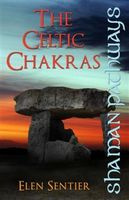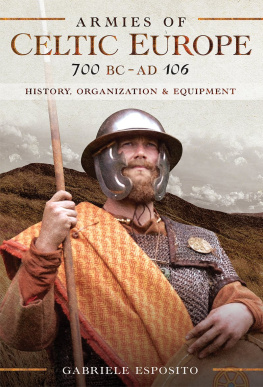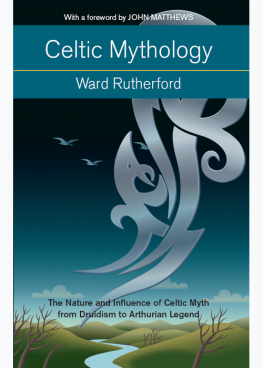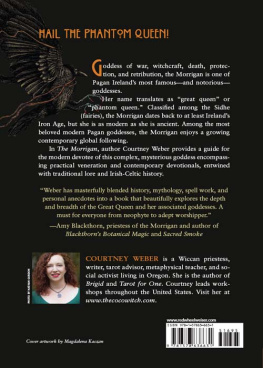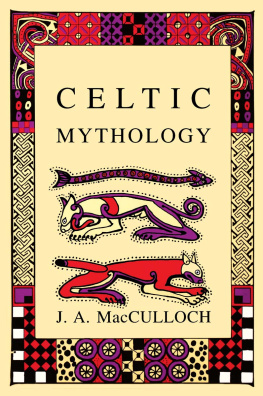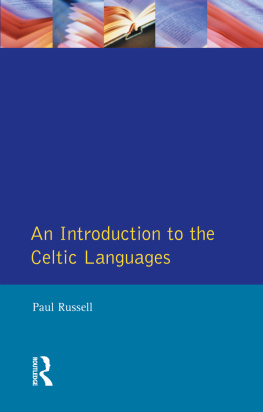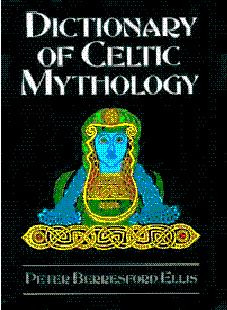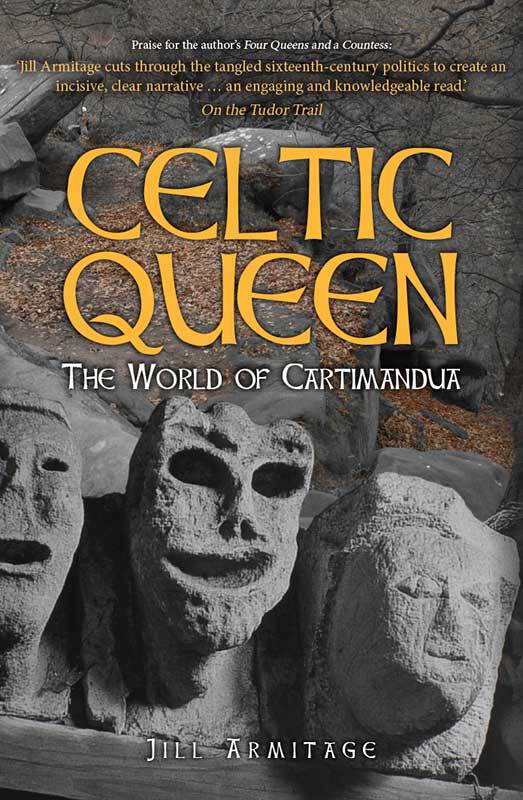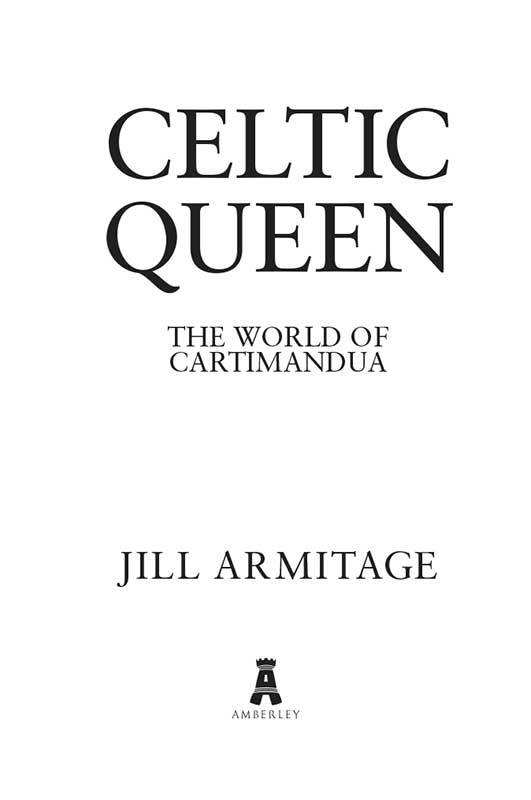First published 2020
Amberley Publishing
The Hill, Stroud
Gloucestershire, GL5 4EP
www.amberley-books.com
Copyright Jill Armitage, 2020
The right of Jill Armitage to be identified as the Author of this work has been asserted in accordance with the Copyrights, Designs and Patents Act 1988.
ISBN 9781445684154 (HARDBACK)
ISBN 9781445684161 (eBOOK)
All rights reserved. No part of this book may be reprinted or reproduced or utilised in any form or by any electronic, mechanical or other means, now known or hereafter invented, including photocopying and recording, or in any information storage or retrieval system, without the permission in writing from the Publishers.
British Library Cataloguing in Publication Data.
A catalogue record for this book is available from the British Library.
Typesetting by Aura Technology and Software Services, India. Printed in the UK.
CONTENTS
PREFACE
Marching victoriously northwards from the Thames valley across the Chilterns and the flat lands of central England, the Roman Army came to a halt on a line running roughly across the country from the Wash to the Chester Dee. This was the southern frontier of Brigantia, the powerful Celtic state that stretched from there up to the Tyne and Solway and beyond. The geographer Ptolemy writing in the 2nd century AD described the lands of Brigantia as extending to both seas east to west; reaching as far north as Birren in Dumfriesshire and as far south as the River Trent in south Derbyshire.
The tribal federation who inhabited this vast territory were known as the Brigantes. Their relationship with Imperial Rome makes a dramatic story in itself, but we add to this a mysterious, powerful queen named Cartimandua. She ruled over this enormous region that covered most of northern England during a period of major turmoil, captured a rebel prince and lived a life of luxury on Roman wealth. When she took her husbands former armour bearer as her lover, she shocked even the Romans, but her husband intended to seek revenge.
Cartimandua is one of the few female rulers known to history, yet she didnt get a chance to tell her story; she left no written word. We can only find her in the narration of prejudiced Roman historians writing for a purpose propaganda. To go some way toward countering this imbalance, we tell the story of Cartimandua and her lifestyle as a first-century Celtic Queen from the pointers we can find. Today we have archaeological finds, folk lore and legends from which to build a truer picture.
WAS CARTIMANDUA A QUEEN BY BIRTH?
A Celtic couple. (British Museum)
Mention the name Cartimandua and most people look blank, yet Cartimandua is the first documented queen to have ruled a major part of Britain in her own right. She was a central player in the drama of the Roman annexation of Britain in the first century AD. This was a time of immense change, the merging of the old and new worlds, the new millennium. The invading armies may have occupied her tribal territory, but Cartimandua kept her lands through skill and tact when many other Celtic rulers were forfeiting theirs in the aftermath of the invasion.
The name Cartimandua may be a compound of the common Celtic roots carti- meaning chase, expel or send, and mandu - meaning pony. However, it was quite common for the Romans to ignore Celtic names and give Roman names to people and places, so Cartimandua may be a Roman name, and would therefore have a totally different meaning. For example, Caratacus, son of King Cunobelinus and heir to the Catuvellauni kingdom, is the Romanised name of the Celtic Caradoc, or Ceretic/Cerdig/Cerdic. Because he is male, far more is known about him. Women were secondary citizens categorised by their relationship to men wife, mother, sister, daughter, whore.
We know of Cartimandua principally from the Roman historian Publius (or Gaius) Cornelius Tacitus. Cartimandua is first mentioned in 51 AD when her reign appears to be well established. She was an Iron Age aristocrat; her blood line may have included nobility from a number of the other Celtic tribes which at that time occupied the British Isles (or Pritani in the Common Brittonic Celtic language). To hold such a prestigious position, her connections would be wide and powerful but we have no background, no mention of her parentage or how she became queen. Tacitus records that she was pollens nobilitate , powerful in noble lineage, so she was undoubtedly of illustrious birth. Because Cartimandua ruled in her own right rather than through marriage, she may have been heir to the Brigantes through birthright because the male line had failed.
Writing in Historic UK , Ellen Castelow states that Cartimandua was the granddaughter of King Bellnorix, but this is only conjecture. Castelow gives no supporting evidence. Other sources are of the opinion that she could have been the great-granddaughter of Addedomoros, King of the Trinovantes. According to Guy Phillips in his book Briganti , Cartimandua succeeded her father Dumnoveros or Dumnocoveros, and her grandfather Volisios as ruler of Brigantia. Phillips seems to have come to this conclusion because of the Brigantian gold coins of Cartimandua, Dumnocoveros, and Volisios that he says have been found with Roman silver coins of dates corresponding to the period between 209BC and 41BC. Phillips does not expand on this and gives no indication as to where this information can be checked so perhaps the information is questionable.
Early Coinage
The first coins appeared in Britain from the continent around 150BC but the first British coins were not produced for almost another hundred years, probably to pay the soldiers who went into battle when Caesar invaded in 55 and 54BC. Early minting was highly sporadic and localised, and the coins were uninscribed until around 45BC when King Commios of the Atrebatic/Regnan tribe started the practice of placing his name on them. Other rulers followed suit and later coins feature the name Volisios, who Phillips said was Cartimanduas grandfather. Unfortunately, the name Volisios is known only through inscriptions on coins.
The name Volisios appears together with names of two other presumed sub-kings, Dumnocoveros and Cartivelios, in three series minted c. 3060AD. Phillips stated that Dumnocoveros was Cartimanduas father, so if his name appears alongside Volisios, could this be proof that one succeeded the other and they were father and son? But if Volisios and Dumnocoveros were Brigante tribal kings, why do they appear on coinage with Cartivelios, who was believed to be a Corieltavian tribal king? The Corieltavian tribe was due south of Brigante territory and their capital was Ratae Corieltauvorum , known today as Leicester. The two tribes were neighbours, there would have been trade between them, but tribes did not share coinage.
Although its a long shot, is it possible that the name Cartivelios was a Romanised version of the Celtic name Cartimandua? As weve already stated, Carti may be a compound of the common Celtic root meaning chase, expel or send; vellios means fixed in opinions, firm in friendships and square in dealings; one who possesses organisational skills and is persuasive. Such assets would certainly be qualities needed by a tribal leader. The coins bearing the three names could depict three generations of Brigante rulers. Its highly speculative yet feasible, if we can build on the information given by Guy Phillips.



